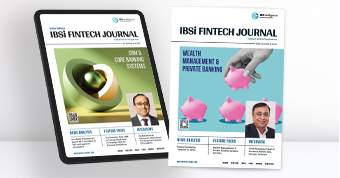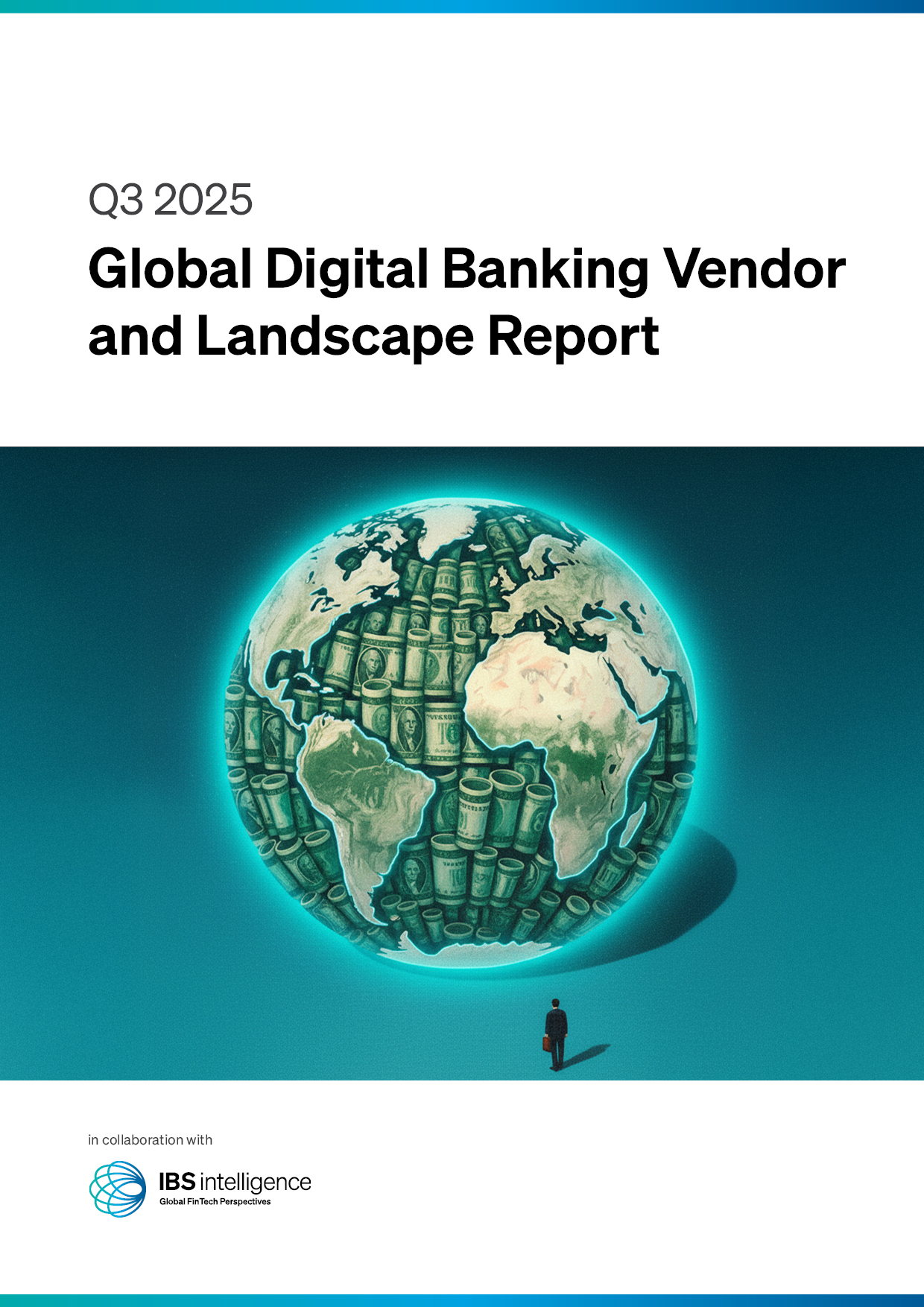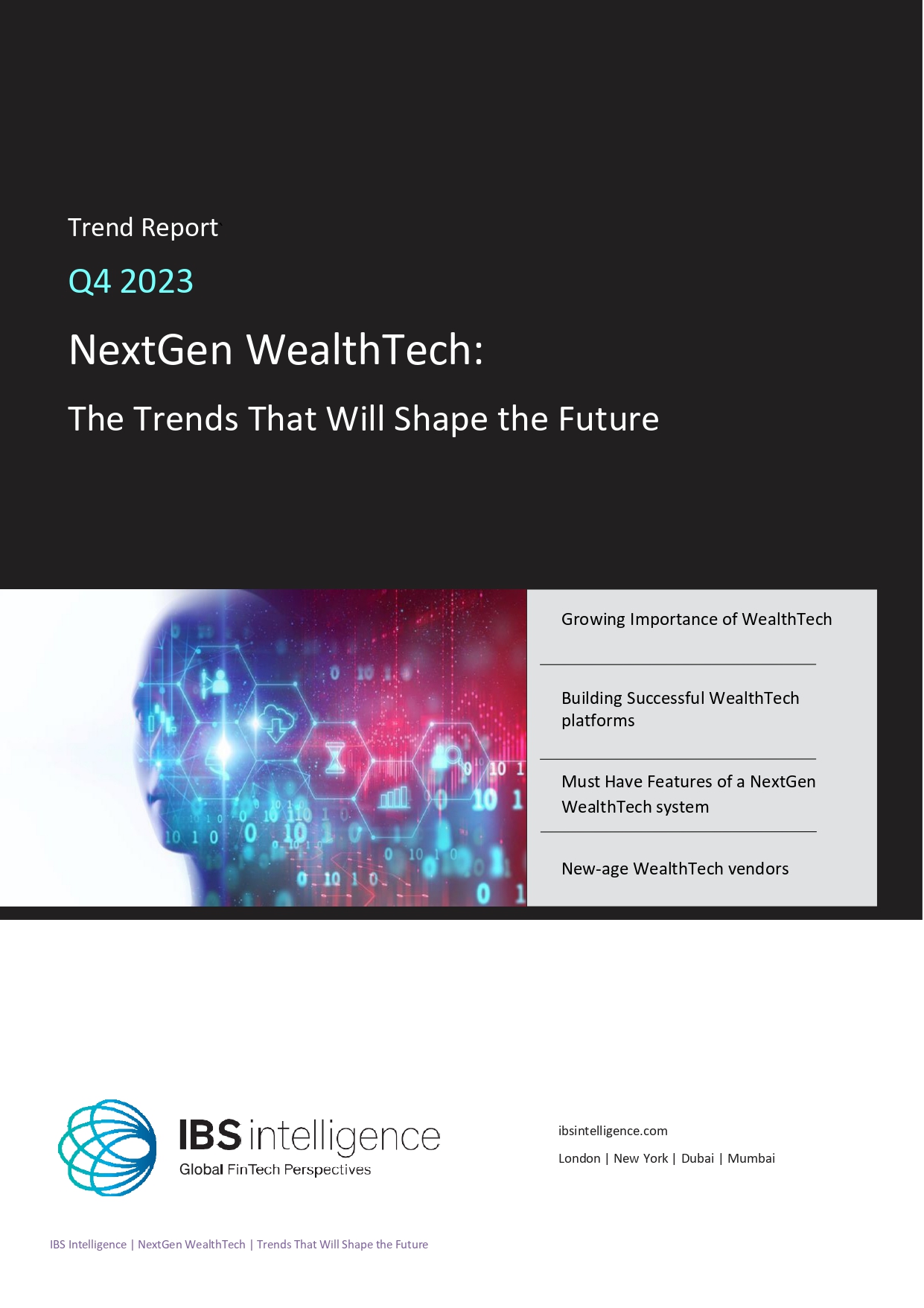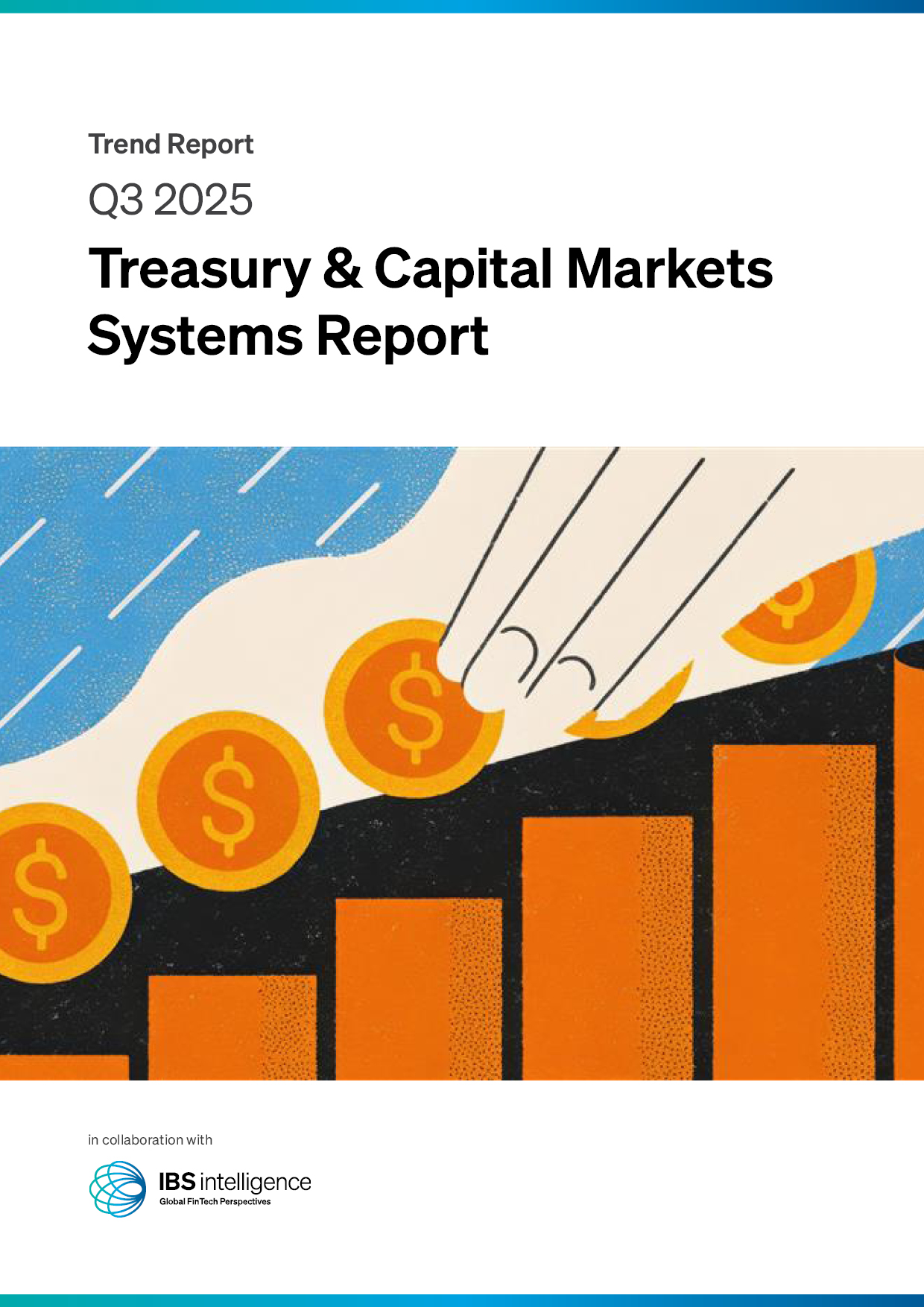 Back
Back
BaaS providers must adapt to FinTech’s growing scale and complexity
By Puja Sharma
Aite-Novarica group announced the launch of a new study, commissioned by ClearBank, that reveals one in five FinTechs are losing $11 million per year in product delays due to BaaS (Banking-as-a-Service) providers. The report “Confusion, cost, and compliance: The bifurcation of BaaS and Embedded Banking” reveals that FinTechs are increasingly reliant on their BaaS providers to speed time to market, boost revenues, and meet compliance demands. However, as FinTechs scale and look to offer more complex services, BaaS providers are struggling to keep up.
“The term BaaS is loosely defined, and often confused with another fast-growing term: Embedded Banking,” said Enrico Camerinelli, Strategic Advisor at Aite-Novarica Group. “Why does this matter? As FinTech look to deliver customer-facing benefits and reduce its regulatory burden there is a clear difference between the two.
Embedded Banking not only allows FinTechs to embed licensed services directly into the user experience, but it also embeds the mechanisms that automatically control regulatory compliance – rather than shift this responsibility onto the fintech as is the case with many BaaS providers. The next two years will see a clear separation between BaaS and Embedded Banking providers as the market bifurcates,” concludes Camerinelli.
BaaS is primarily used for payments and accounts, but more complex demands are emerging. Around 76% of FinTechs identified domestic accounts and payments as primary uses. A further 59% of respondents identified FX conversion services. Today Banking as a service is primarily used for payments and accounts, but FinTechs are looking to BaaS providers to enable them to offer more complex services in the future.
Market needs are evolving beyond BaaS due to complexity and compliance
Around 73% of FinTechs said the primary benefit of working with a BaaS provider was boosting internal capabilities, largely operational, vs. only 27% who cited customer-facing benefits. These priorities speak to a shift from internal to customer-facing capabilities for FinTech, which can only be supplied by Embedded Banking providers. As FinTech priorities shift towards investments, crypto, and wealth management, BaaS aggregators and EMI license holders will be incapable of directly managing the governance processes and stringent regulatory controls associated with these services.
“Many BaaS and Embedded Finance offerings are no longer meeting the needs of their customers. They don’t offer the precision customers are demanding, and they can make it unclear what protections are in place to keep consumer funds safe,” said John Salter, Chief Customer Officer, ClearBank. “There must be a change to provide FinTechs with the level of service they require and ensure account holders are aware of what type of safety their money is afforded. We commissioned this research to better understand the state of the BaaS and Embedded Finance market, and how it can be improved. As a result, we’ve revealed some crucial issues and uncovered an appetite across European FinTech to move towards a new category, namely Embedded Banking.”
FinTechs are leaving BaaS providers and embracing Embedded Banking
Over 31% of FinTechs have changed their BaaS provider and 23% are currently planning to and 25% of FineTchs said they will be using an Embedded Banking provider in the future – despite confusion in the market between the two categories
Lost revenue, increased costs, and regulatory intervention for FinTechs due to BaaS issues
Around 47% of FinTechs experienced product delays which resulted in an average of $10,900,000 in missed revenue annually due to poor BaaS performance, and about 7% encountered unforeseen cost rises to the tune of $690,000 annually. Over 20% of FinTechs have faced regulatory intervention due to their BaaS partner.
Key findings
- BaaS today is a ubiquitous tool utilised by 82% of FinTechs, with BaaS-related services representing, on average, 45% of a FinTech’s overall revenue stream.
- Accelerating time to market and adding services (60%) are the primary drivers of BaaS adoption.
- A third of respondents (33%) cited regulatory scrutiny as an emergent driver.
- While the initial investments into BaaS were driven by technology and capability, they are increasingly being driven by regulatory demands.
IBSi FinTech Journal

- Most trusted FinTech journal since 1991
- Digital monthly issue
- 60+ pages of research, analysis, interviews, opinions, and rankings
- Global coverage








